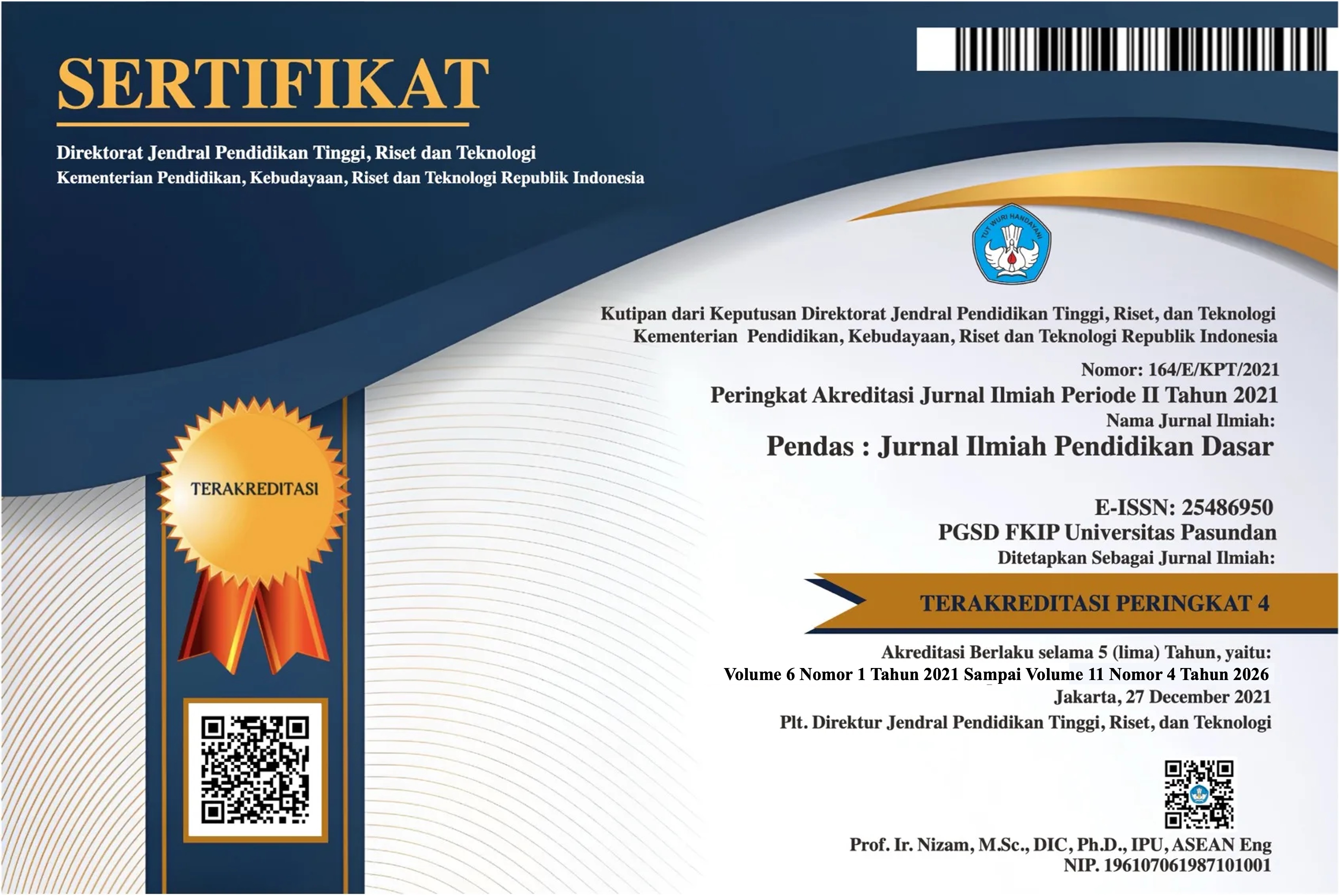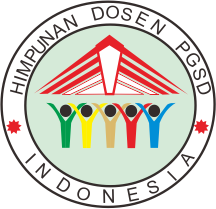HUBUNGAN PERGAULAN TEMAN SEBAYA DENGAN HASIL BELAJAR PESERTA DIDIK SD INPRES TARUS 1
DOI:
https://doi.org/10.23969/jp.v9i04.19681Keywords:
peer interaction, learning outcomesAbstract
This research aims to determine the relationship between peer interactions and the learning outcomes of students at SD Inpres Tarus 1. This research uses quantitative methods with an associative approach. The data analysis used is inferential statistical analysis. The population in this study were students at SD Inpres Tarus 1 in grades II to VI totaling 425 people. Sampling used the Slovin formula with an error rate of 10%, resulting in a sample of 81 people. The sampling technique used simple random sampling. The instrument validity test used the Pearson correlation test, the instrument reliability test used the Alpha Cronbach test. Simple regression analysis techniques were used to determine the coefficient of determination between each variable. Hypothesis testing used the Pearson correlation test. The results showed that there was a relationship between peer relationships and learning outcomes. Peer relationships contributed 6.6% to the learning outcomes of students at SD Inpres Tarus 1.
Downloads
References
Nensi M, Aminuyuati, Khosmas F. Y. (2020). Pengaruh Teman Sebaya Terhadap Hasil Belajar Peserta Didik Di Smp Negeri 19 Pontianak. Jurnal Pendiidkan dan Pembelajaran Khatulistiwa. 1-8.
Sidiq Imam AQ. (2016). Pengaruh Pergaulan Teman Sebaya Terhadap Prestasi Belajar Matematika Kelas V Sekolah Dasar Gugus Gajah Mada. Jurnal Pendidikan Guru Sekolah Dasar Edisi. 32(1): 3.020-3.055
Sugiyono (2019). Statistika Untuk Penelitian. Alfabeta. Bandung.
Sujarweni W.S. (2024). Metodologi Penelitian. PustakaBaruPress. Yogyakarta.
Syarifuddin A. (2019). Pengaruh pergaulan teman sebaya terhadap prestasi belajar matematika mahasiswa stkip paris barantai. CENDEKIA: Jurnal Ilmiah Pendidikan. 7(2): 284-292.
Downloads
Published
Issue
Section
License
Copyright (c) 2024 Pendas : Jurnal Ilmiah Pendidikan Dasar

This work is licensed under a Creative Commons Attribution 4.0 International License.



















